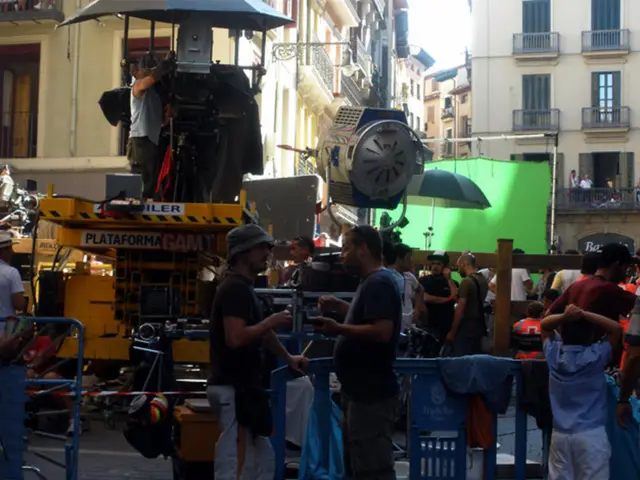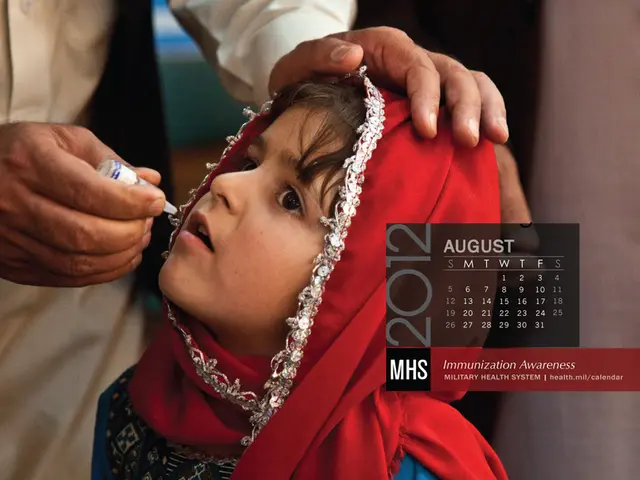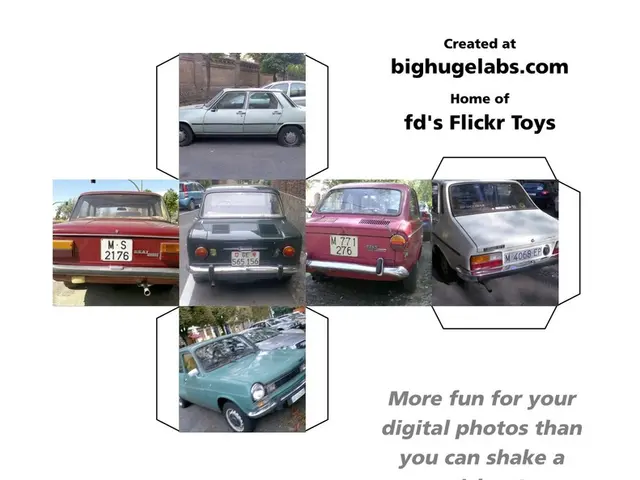Monitoring anxiety levels and anticipatory actions using wearable sensors in virtual reality environments
Virtual Reality (VR) is being explored as a potential aid for individuals suffering from anxiety. This innovative approach, spearheaded by a research team led by Professor Thomas Spittler, is revolutionising the way we treat anxiety disorders.
The team, which collaborates with the Bezirkskrankenhaus Landshut and the Technische Hochschule Deggendorf, is working on the VISAKI project. This project aims to utilise VR to help children with social anxiety develop confidence and eventually create new therapy methods. Integral to this project are biosensors, which are used to measure anxiety levels in real time.
The use of biosensors in VR opens up a wealth of potential treatment options within healthcare applications for anxiety. Physiological signals such as electrodermal activity can be incorporated using these sensors, providing a more comprehensive understanding of an individual's anxiety levels.
One of the key benefits of using VR for anxiety treatment is the ability to create specific, tailored scenarios. These simulated, controllable environments are designed to help individuals confront their anxiety in a safe and manageable way. The Varjo-VR1 headset, for instance, is used for recording with biosensors in a 360-degree video VR environment.
Moreover, a data loop can be created in real time using biosensors in VR. This allows therapists to adjust the virtual environment on the fly, ensuring that the treatment is as effective as possible. Eye tracking is also used in conjunction with biosensors, providing additional insights into an individual's anxiety levels.
Tue Hvass and Mike Thomsen have demonstrated the use of biosensors in VR for healthcare applications. Their work has shown that VR can be an effective tool for helping people manage their anxiety. As more research is conducted and the technology continues to advance, the potential for VR to transform anxiety treatment is vast.
In conclusion, the use of VR and biosensors is a promising new approach to anxiety treatment. By creating simulated, controllable environments, therapists can help individuals confront and manage their anxiety in a safe and effective way. The VISAKI project is just one example of how this technology is being used to revolutionise anxiety treatment, and it's an exciting time to be at the forefront of this innovative field.
Read also:
- Apparition's Significance and its Delivered Messages - as discussed by Sensenmann
- Explored the Popular Health Assessment with a Queue of 100,000 Aspiring Participants - Here's My Unadulterated Opinion
- Hearing impairment condition: Recognizing symptoms and management approaches
- Exploring Recurring Actions in Mature Individuals: An Analysis of Persistent Actions in Adults' Daily Lives








